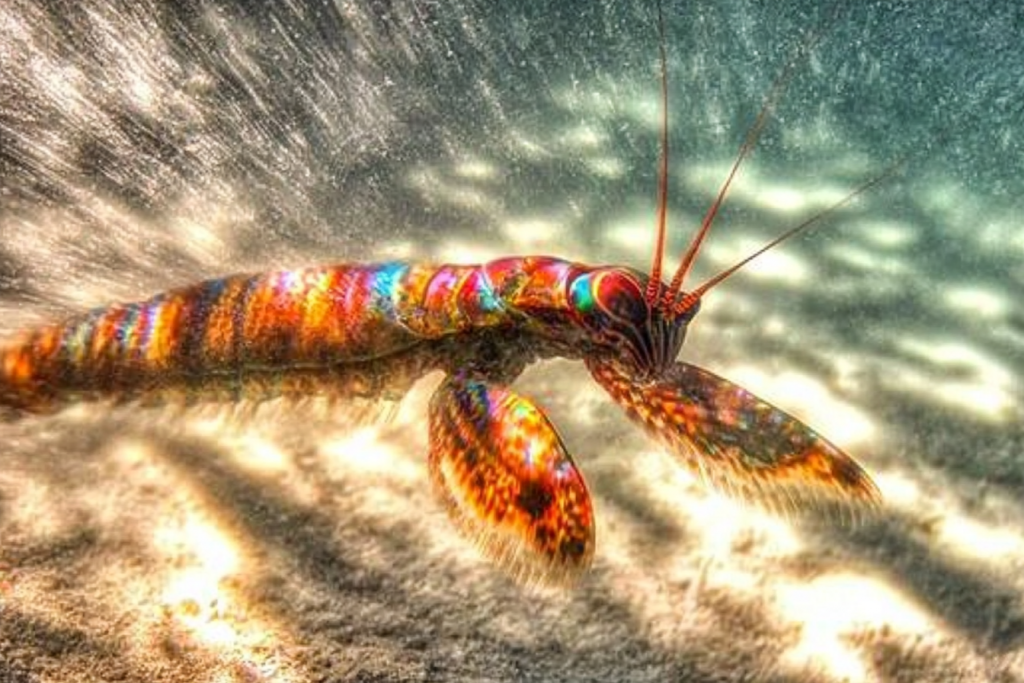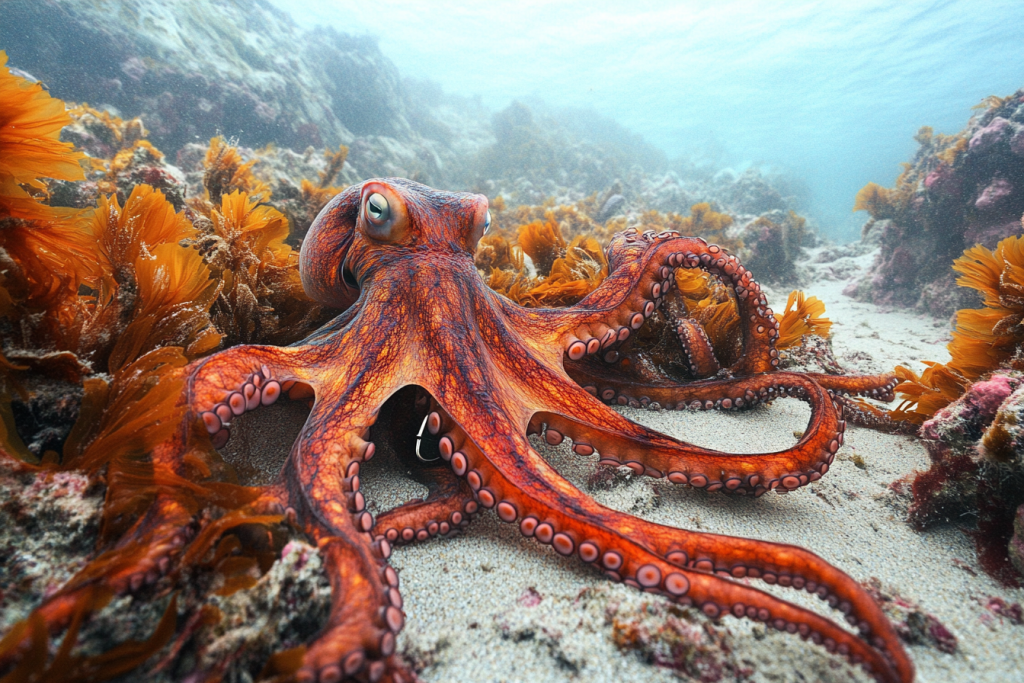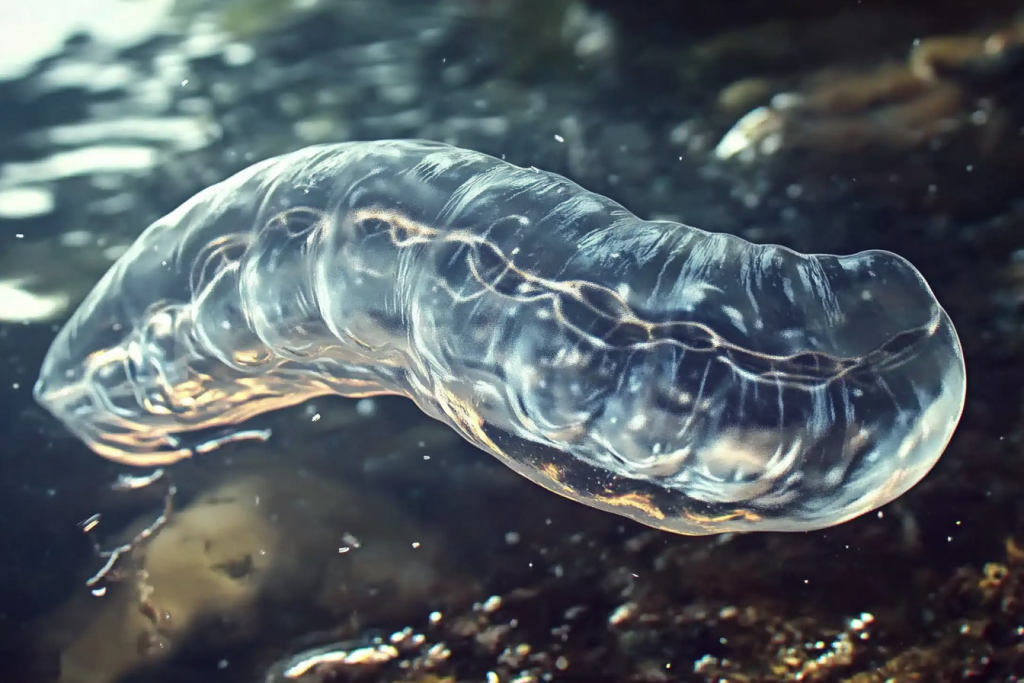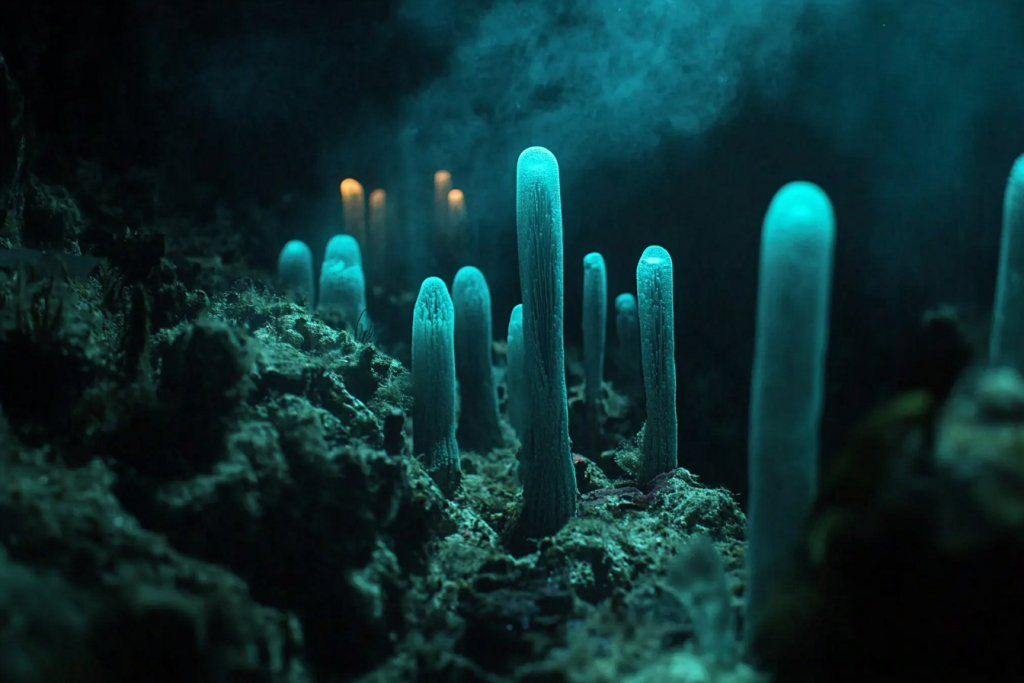
Nature is filled with creatures that defy logic, possessing abilities so bizarre they seem almost supernatural. Some animals regenerate entire body parts, while others survive in the harshest conditions imaginable or even control the minds of their prey. These extraordinary adaptations push the boundaries of what we thought was possible in the animal kingdom. Scientists are only beginning to unlock the secrets behind these baffling abilities, and the discoveries may change how we understand life itself.
Glass Frogs: The Masters of Invisibility

High in the rainforests of Central and South America, glass frogs possess a nearly transparent underbelly, revealing their organs in stunning clarity. But their true superpower is the ability to become even more transparent by hiding red blood cells in their liver, making them nearly invisible to predators. This ability allows them to blend seamlessly into leaves, evading detection in broad daylight. Scientists are studying their transparency tricks in hopes of developing advanced medical imaging techniques.
Tardigrades: The Indestructible Microscopic Titans

Tardigrades, also known as water bears, can survive extreme heat, freezing cold, radiation, and even the vacuum of space. These tiny creatures enter a state called cryptobiosis, where they dehydrate completely and suspend all metabolic activity, effectively cheating death. When conditions improve, they rehydrate and return to life as if nothing happened. Their resilience is so extraordinary that scientists are investigating their potential role in human space travel.
Axolotls: The Regeneration Champions

While many animals can regrow lost limbs, the axolotl takes it to an entirely new level—it can regenerate spinal cords, hearts, and even parts of its brain. This aquatic salamander’s cells don’t scar when injured, allowing seamless tissue regeneration. Researchers are exploring how this ability could revolutionize human medicine, potentially leading to breakthroughs in healing spinal cord injuries and regrowing damaged organs.
Mantis Shrimp: The Boxers with Super Vision

With a punch faster than a bullet, the mantis shrimp is one of the ocean’s deadliest hunters. Its club-like appendages strike with such force that they create implosions in water, generating temperatures as hot as the sun’s surface. But what’s even more astonishing is its vision—mantis shrimp can see ultraviolet, infrared, and an array of colors invisible to humans. Their eyes are so advanced that scientists are studying them to improve optical technology.
Immortal Jellyfish: The Creature That Defies Aging

This tiny jellyfish, Turritopsis dohrnii, has cracked the code for biological immortality. Instead of dying, it reverts to its juvenile state when stressed, restarting its life cycle indefinitely. This ability allows it to escape aging, disease, and even predators. Scientists are keenly studying this phenomenon, hoping it may one day provide insights into slowing human aging.
Electric Eels: The Underwater Power Plants

Electric eels generate up to 860 volts of electricity, stunning prey and warding off predators in an instant. They use specialized cells called electrocytes, stacked like batteries, to produce these powerful shocks. Some species can even leap out of the water to electrify threats above the surface. Their biological power generation is inspiring new energy storage technologies.
Octopuses: The Shape-Shifting Escape Artists

Octopuses are masters of deception, able to change color and texture instantly to blend into their surroundings. But their intelligence might be their most baffling ability—solving puzzles, escaping enclosures, and even using tools. Some researchers believe their cognitive abilities may be closer to that of vertebrates than previously thought, raising fascinating questions about alien-like intelligence on Earth.
Pistol Shrimp: The Sniper of the Sea

With a claw that snaps shut at supersonic speeds, the pistol shrimp creates a shockwave that stuns prey and even produces temperatures hotter than the sun. This tiny marine creature can break glass aquariums and crack open shells with ease. Scientists are studying its claw mechanics to develop powerful underwater propulsion systems.
Wood Frogs: The Ice-Resistant Survivors

Wood frogs survive being frozen solid during winter, stopping their hearts and ceasing all bodily functions. When spring arrives, they thaw out and hop away as if nothing happened. Their ability to withstand freezing is being explored for advancements in organ preservation and cryogenics.
Bombardier Beetles: The Chemical Defense Experts

When threatened, bombardier beetles unleash a boiling chemical spray that reaches nearly 212°F (100°C). They mix two chemicals in a specialized chamber, triggering an explosive reaction that deters predators. This natural chemical warfare has inspired scientists developing safer and more efficient propulsion systems.
Dragonflies: The Aerial Assassins

Dragonflies are nature’s most efficient predators, with a 95% success rate in catching their prey. Their brains predict the movements of their targets, adjusting flight paths with uncanny precision. This extraordinary hunting ability is helping scientists improve drone technology and AI-assisted tracking systems.
Sea Cucumbers: The Self-Eviscerating Survivors

When under attack, sea cucumbers eject their internal organs in a dramatic display of self-defense. Amazingly, they regenerate these organs within weeks, allowing them to survive even the most extreme threats. Their regenerative abilities are being explored for potential breakthroughs in tissue engineering.
Planarian Worms: The Creatures That Rebuild Themselves

Planarian flatworms can regrow their entire body from just a small fragment. Even more incredible, if cut in half, each piece regenerates into a fully functional worm, effectively creating clones of itself. Scientists are studying their unique stem cells to unlock the secrets of regenerative medicine.
Rats: The Laughing Rodents with Empathy

Scientists have discovered that rats laugh when tickled, producing high-frequency giggles inaudible to the human ear. They also display empathy, helping fellow rats in distress even when no reward is involved. These surprising behaviors challenge long-held assumptions about intelligence and emotions in animals.
Glass Sponges: The Living Glass Towers

Deep in the ocean’s twilight zone, glass sponges construct intricate, glass-like skeletons made of silica, forming towering reefs that can live for thousands of years. These delicate yet incredibly durable structures act as underwater skyscrapers, providing shelter for countless marine creatures. Their ability to filter vast amounts of seawater with remarkable efficiency has caught the attention of scientists, who are studying their structure for advancements in nanotechnology and water purification. The glass sponge’s resilience and unique design may hold the key to sustainable materials of the future.
The Powers We Have Yet to Understand

While science has uncovered the astonishing capabilities of these creatures, the mysteries of the animal kingdom are far from solved. Evolution continues to create adaptations that challenge our understanding of biology, intelligence, and survival. What other superpowers are lurking in the wild, waiting to be discovered? Perhaps the most mind-boggling abilities have yet to be found.





